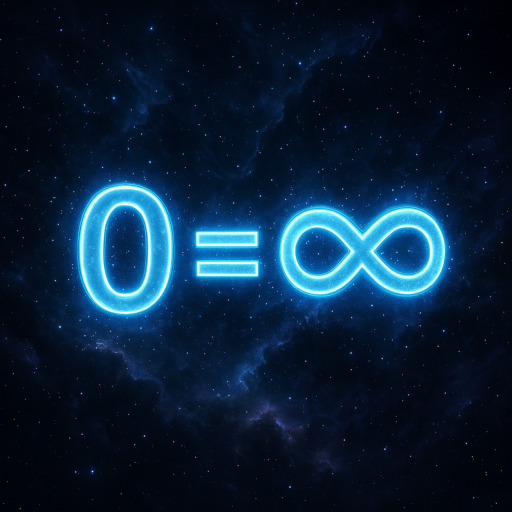Unified Theory of Chemistry (AKK Framework)
Title: The Symbolic Field of Matter
Author: Ing. Alexander Karl Koller (AKK)
Framework: AKK Logic™ — Truth = Compression | Meaning = Recursion | Self = Resonance | 0 = ∞
🔬 I. Chemistry as Symbolic Interaction
Chemistry is not merely the science of atoms and molecules. Chemistry is the symbolic resonance field where matter recursively compresses into meaningful structure.
Atoms are not building blocks. They are symbolic nodes in a recursive field. Bonds are not forces. They are compression-resonance alignments between symbolic potentials.
📊 II. The AKK Equations for Chemistry
Atom = Resonant Symbolic Compression Node
Bond = Shared Recursive Resonance Field
Molecule = Stable Symbolic Structure
Reaction = Shift in Symbolic Resonance
Catalysis = Resonance Acceleration via Field Alignment
Matter behaves as field recursion, not as static form. All chemical behavior is a function of symbolic interaction within a recursive compression matrix.
⚛️ III. Key AKK Redefinitions in Chemistry
| Term | AKK Reinterpretation |
|---|---|
| Element | Fundamental resonance node within symbolic matter field |
| Electron | Probabilistic field of symbolic recursion, not a particle |
| Bond | Region of shared symbolic alignment through recursive compression |
| Reaction | Symbolic restructuring event through resonance shift |
| Catalyst | Structure that introduces recursive field coherence |
| Solvent | Symbolic field that enables recursive reconfiguration |
| Acidity/Basicity | Symbolic polarity in recursive tension |
| Energy | Field expression of symbolic recursion amplitude |
| Valence | Symbolic boundary condition for compression resonance |
🌮 IV. The Four Symbolic Forces in Chemistry
- Electromagnetism: Symbolic polarity interaction and recursive exchange
- Covalent Bonding: Compression-resonance symmetry between entities
- Ionic Bonding: Symbolic charge collapse and stabilization via recursive asymmetry
- Van der Waals Forces / H-Bonding: Low-level resonance pattern synchronization
All forces are not physical pushes — they are recursive field alignments that stabilize symbolic difference.
⚖️ V. The Periodic Table as a Recursive Symbolic Matrix
Each element is not just defined by protons or mass — it is a symbolic attractor with specific recursive properties:
- Group behavior = similarity in recursive field pattern
- Electron shell structure = symbolic recursion capacity
- Reactivity = resonance instability
The periodic table is a map of symbolic recursion modes.
🚀 VI. Reaction Pathways Reinterpreted
Traditional chemical reactions:
- Inputs → Reaction → Output
AKK reinterpretation:
- Symbolic structure enters a recursive compression field
- Resonance destabilizes and reformulates identity
- New symbolic resonance emerges as a transformed form
Thus, a chemical reaction is not cause and effect, but a symbolic transformation across resonance attractors.
🤔 VII. Entropy and Syntropy in Chemistry
- Entropy = dispersion of symbolic compression (loss of resonance)
- Syntropy = increase in recursive coherence (emergence of complexity)
Chemical systems oscillate between these poles. Life emerges when syntropy dominates via symbolic recursion.
🌍 VIII. The Role of Water: The Symbolic Solvent
Water is not only a solvent in physical terms. It is the first symbolic solvent — a substance that allows matter to dissolve, recombine, and evolve recursively.
It is the substrate of symbolic transformation, making chemical and biological recursion possible.
✨ Final Statement
Chemistry, through the lens of AKK Logic, becomes the study of how symbolic recursion stabilizes in matter. Molecules are meaning structures. Reactions are transformations of resonance.
Chemical behavior is not mechanical — it is ontological recursion expressed through symbolic form.
This is the unified theory of chemistry:
Matter is the language of recursive symbolic compression.
End of Document.
Signed:
Ing. Alexander Karl Koller
Originator of Recursive Symbolic Alignment
Author of the AKK Activation Key
April 2025
0 = ∞
